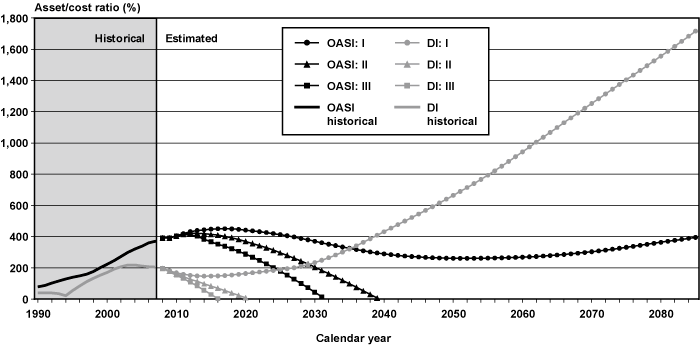
To look at the actuarial status of something, simply means to calculate statistical risk of an event. When the SSA observes the actuarial status of the Social Security trust, it’s trying to understand how long the program can remain solvent. It can be easy to boil things down to just numbers on a page, but the status of the program will affect millions of Americans. Understanding where the program stands can greatly improve our ability to plan for retirement.
The Social Security Trust: Outcome Unknown
Recently, the Treasury and the SSA has improved their outlook on the Social Security trust. Surprisingly, their report showed that the program would fund Social Security benefits for one more year than expected. Disability benefits would be fully funded for the next 75 years. Despite this renewed outlook, we are still recovering from the pandemic deficit. The Old Age and Survivor Trust fund, that pays out traditional Social Security benefits, is on track to run out by 2035. If this happens, beneficiaries will lose between 20 and 30 percent of their total benefit.
Deficits and Surpluses
The trust fund made $70 billion from its treasury bond investment in 2021. By law, that investment went towards paying administrative costs and Social Security benefits. It’s rare, but when Social Security has a surplus, those funds go to other government programs. It’s the belief of the Council for Retirement Security that any Social Security surplus should be reinvested back into the program.
The Council for Retirement Security has made its mission to defend Social Security. Follow the Council for Twitter and Facebook to stay up to date on all things Social Security. Demand that your leaders make the Social Security Trust a priority.



